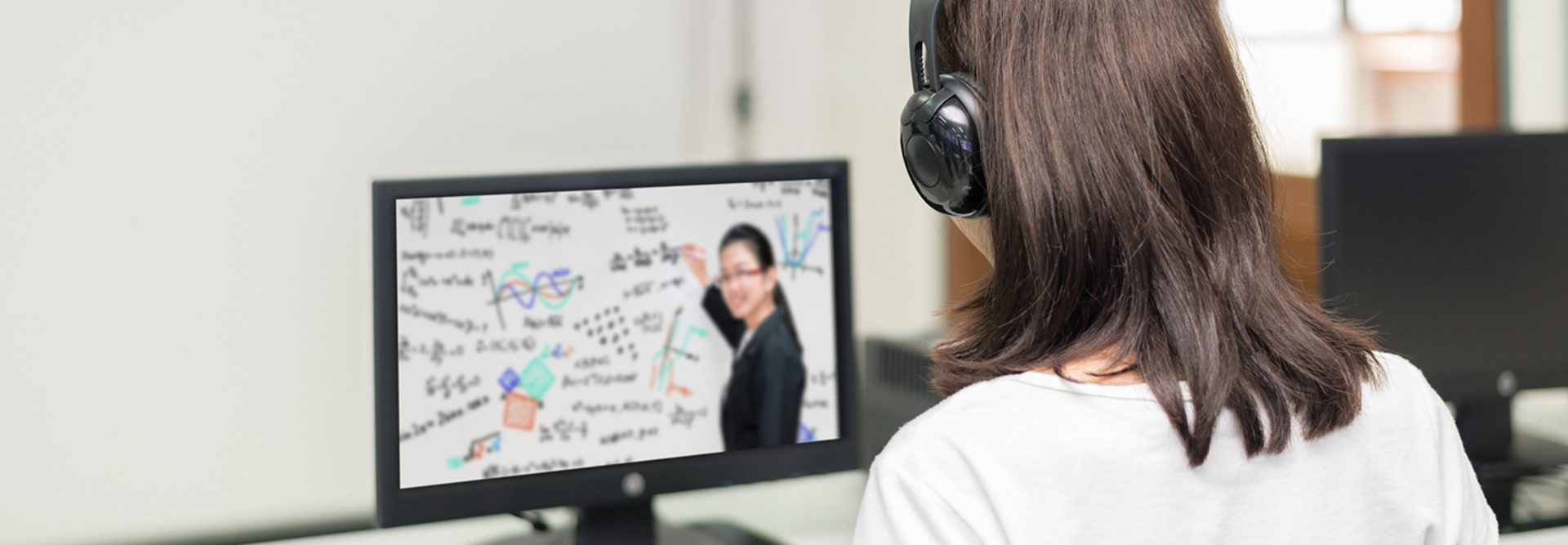University of Michigan Uses Logitech Videoconferencing Tools to Foster Collaboration
In higher education, videoconferencing and telephony have helped to push the boundaries of what a traditional classroom might be. At Michigan State University, telepresence robots let distance students participate in hands-on experiences. Cisco videoconferencing tools allow San Jose State University students to meet with industry professionals and assist students in Vietnam. Interactive displays make it possible for entire classroom collaboration — including students from afar.
These possibilities fueled the University of Michigan’s desire to increase the use of videoconferencing and collaboration tools across campus.
Todd Austin, who leads the Videoconferencing Group at the College of Literature, Science, and the Arts, made up of audiovisual experts and instructional designers, says the school has had a rich history of using collaboration devices to share courses with other universities in the area. Starting with Logitech’s BCC950 webcam and speakerphone, the university has regularly updated its equipment and established solutions to fit a wide variety of needs from professors and administrators — from audiovisual carts to a Logitech Group in the medical school.
“We actually still connect regularly with a BCC950 because we placed it in a nursing school in Haiti that we partner with. They used it to connect with us for a class we taught,” says Austin. “It’s still serving our students well though it may not be right in front of them.”
Videoconferencing Adds Efficiency and Pushes Classroom Limits
Austin’s videoconferencing department has set up a web portal where professors who need to collaborate for specific reasons can request help. The videoconferencing team then sits down with the professor and discusses specific needs for the meeting and how to use the Logitech tools and BlueJeans cloud conferencing software.
Videoconferencing has been applied on campus in both traditional and creative ways, from conducting job interviews using BlueJeans and the Logitech AV carts to allowing a professor to show her work in a lecture hall by connecting a camera to an electronic microscope.
For the University of Michigan Medical School, BlueJeans has been a particularly effective tool because it works across multiple devices — including simple phone calls — and data shared through the videoconference is protected.
Though videoconferencing boosts efficiency in terms of regularly bringing in experts and guest speakers, Austin says he enjoys pushing the envelope of what these collaboration technologies can accomplish.
“We encourage people to bring their funky projects to us because we like to play around with this technology and see what we can do that we couldn’t do before,” says Austin.
One such “funky project” involved connecting a student remotely to a science lab through videoconferencing because of an allergy that made it impossible for the student to be physically present.
Austin is interested in how videoconferencing can continue to become a seamless part of the classroom as technology progresses.
“I’m looking for new technologies, that I hope are not in the too distant future, where the camera can be more embedded in screens so I’m really looking at you,” says Austin. “Also, just projecting people in more natural ways that are more 3D and in your environment.”









